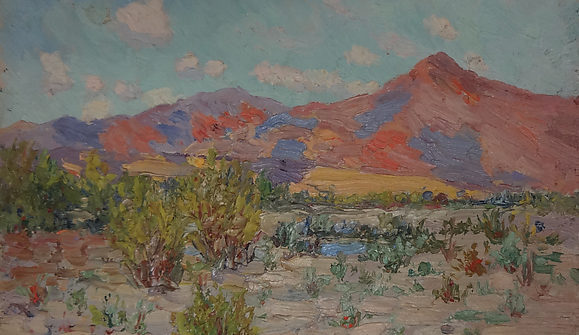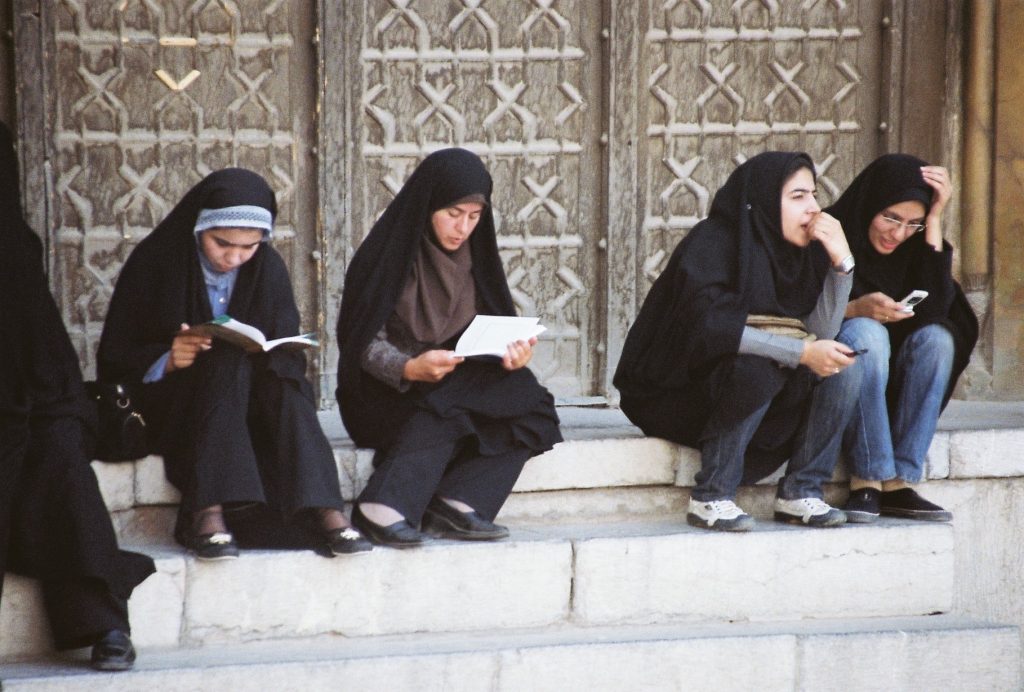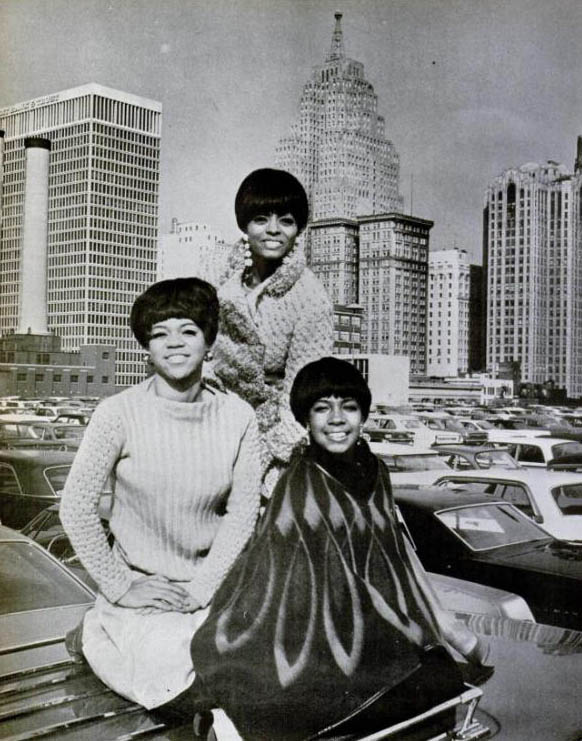Nonfiction by Jeffrey Meyers excerpted from our Spring 2017 issue.
In the spring of 1976, soon after I moved to Colorado, I drove down to Taos, New Mexico, to interview D. H. Lawrence’s friends Dorothy Brett and Rachel Hawk, to see his paintings in the La Fonda Hotel and his two ranches in the Sangre de Cristo mountains, and to watch the ceremonial dances at the Pueblo Indian festival on Easter Sunday. I found this spectacle dreary and disappointing as the Indians shuffled and stamped around in the dust, performing for the visitors they had allowed in for commercial gain. Coming to the same place half a century after Lawrence, I understood more clearly the pattern of his experience: idealistic expectations, followed by confrontation with harsh reality and sad disillusionment. Lawrence had been told and wanted to believe that the Indians had preserved their spiritual faith and traditional connection to the earth. Shocked and angry by the actual conditions in which they lived, he eventually repudiated the ideas he had expounded about them.
The first significant appearance of the Indians in Lawrence’s work came from his reading of the novels of Fenimore Cooper. In Lawrence’s novel The Lost Girl (1920), Alvina Houghton joins a bogus troupe of wandering Indian performers, the Natcha-Kee-Tawara, and takes part in their ludicrous theatrical act. In his essay “America, Listen to Your Own” (New Republic, December 1920), written before he reached the promised land, he states his firm belief that the spirit of the Indians had to be preserved in order to save the materialistic white race: “America must turn again to catch the spirit of her own dark, aboriginal continent. . . . Americans must take up life where the Red Indian, the Aztec, the Maya, the Incas left it off. They must pick up the life-thread where the mysterious Red race let it fall.”
The ideas in this essay convinced the wealthy bohemian Mabel Luhan that Lawrence would respond to her invitation, come to Taos, fight the good fight and put the Pueblo Indians on the literary map. In a persistent and persuasive campaign, Mabel, sensing that she could offer what Lawrence had been searching for, lured him to the American Southwest with the promise of spectacular scenery and spiritual Indians.
To continue reading “D.H. Lawrence and the American Indians,” purchase MQR 56:2 for $7, or consider a one-year subscription for $25.
Image: Smith, Houghton Cranford. Detail of “Desert Mountain, New Mexico.” 1920. Oil on canvas. The Metropolitan Museum of Art, New York.




